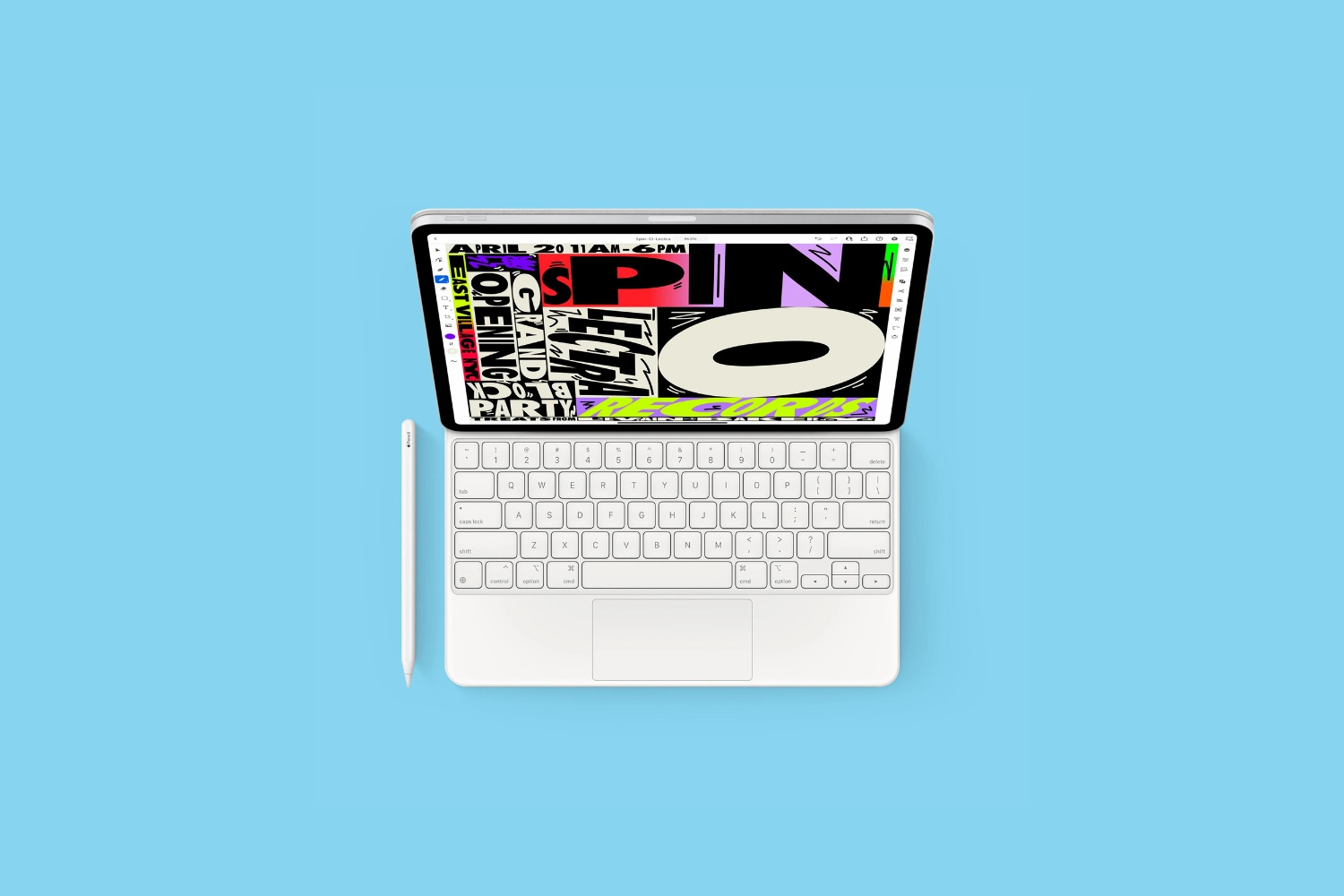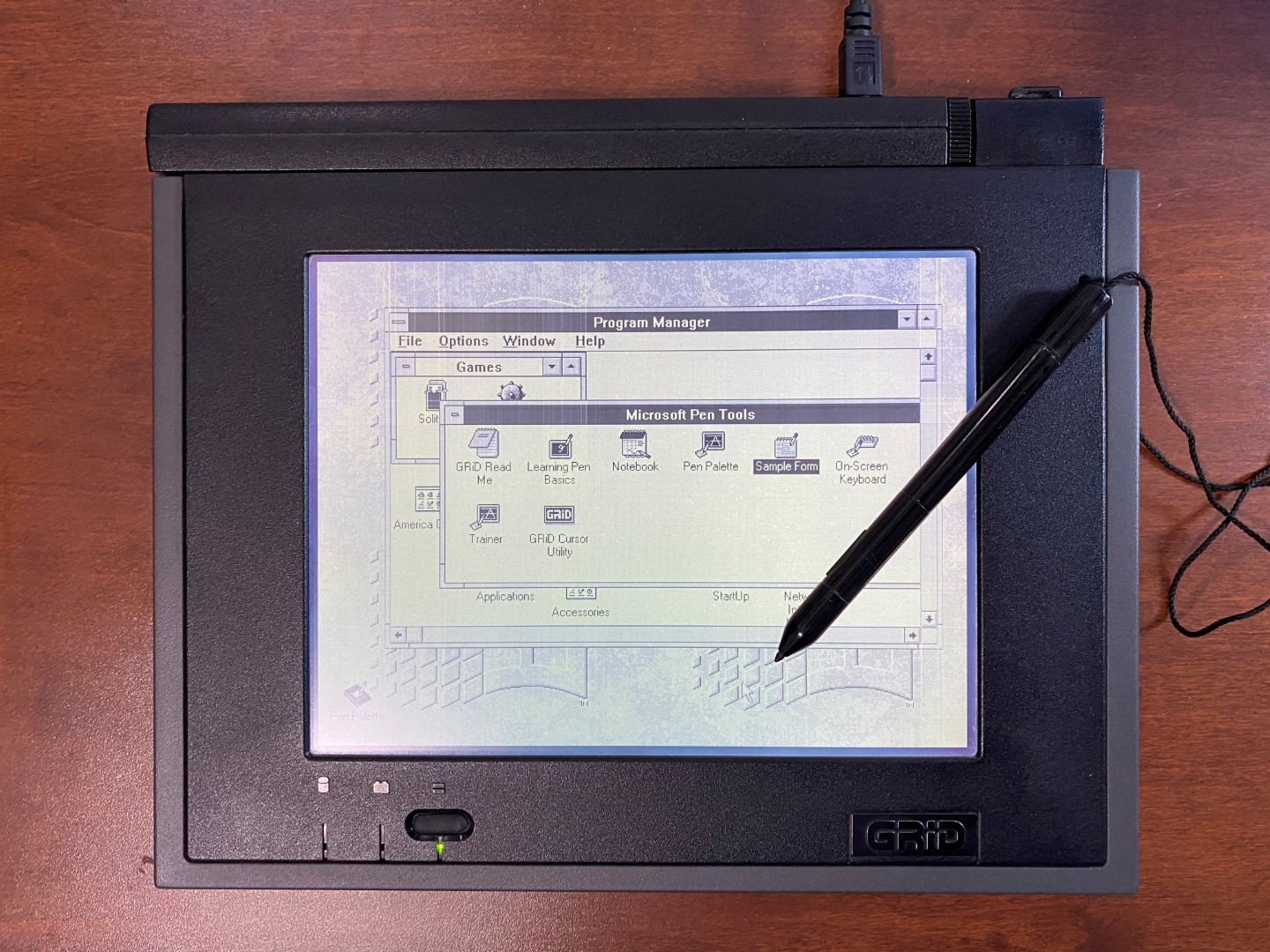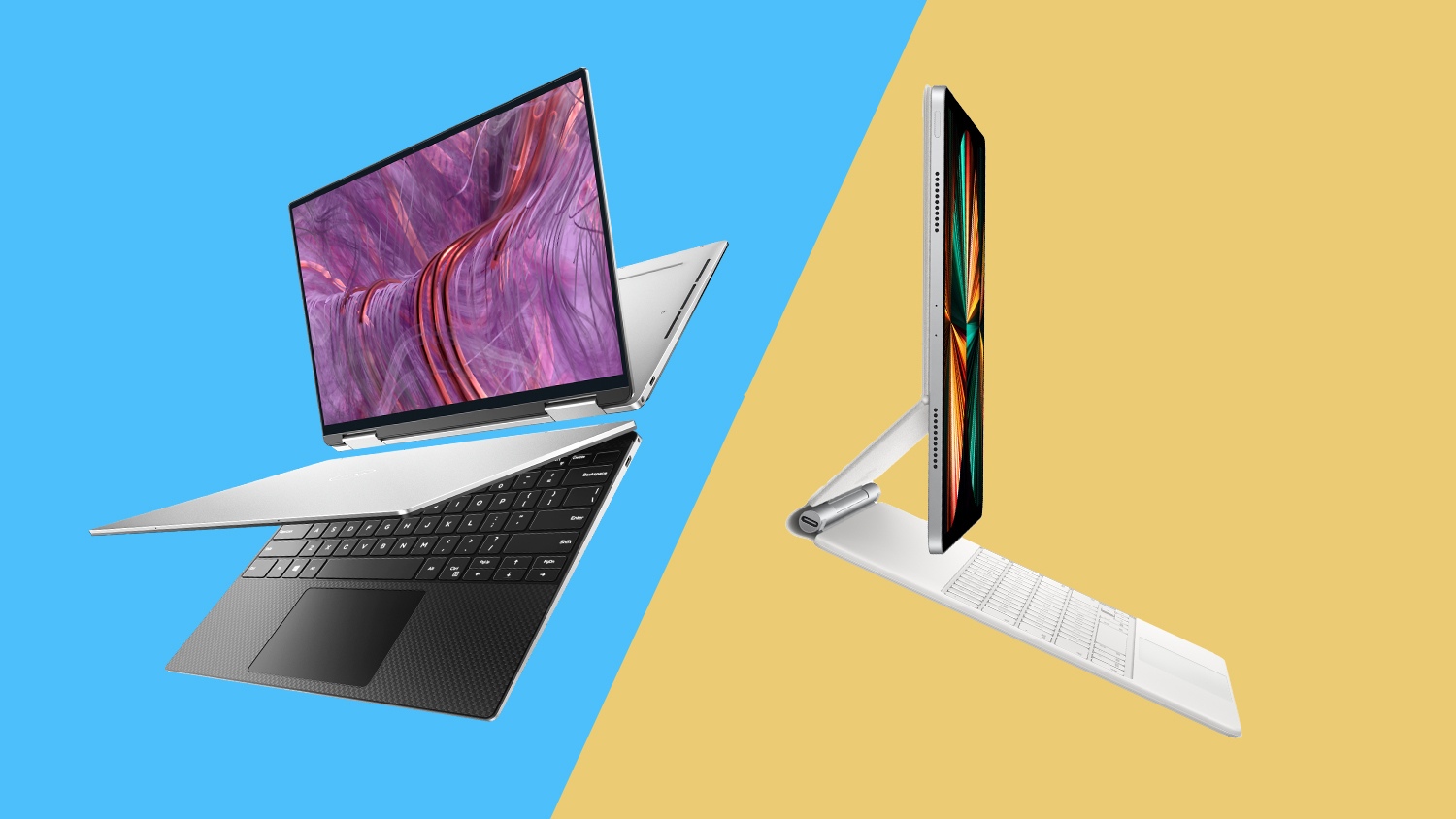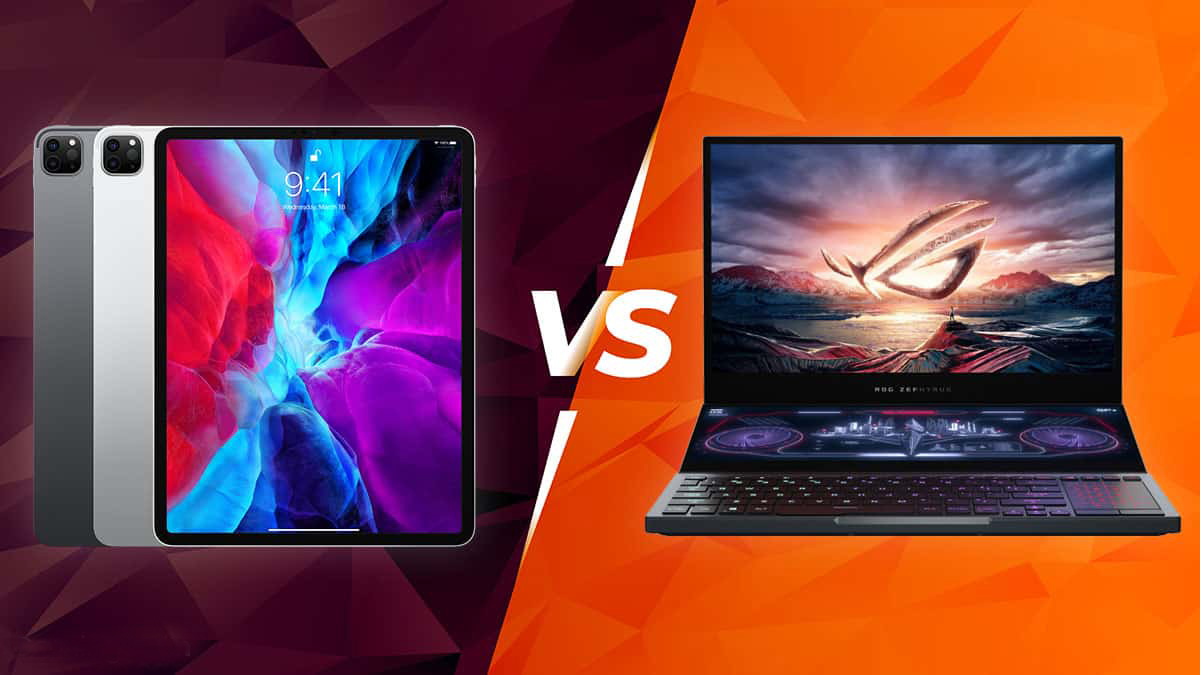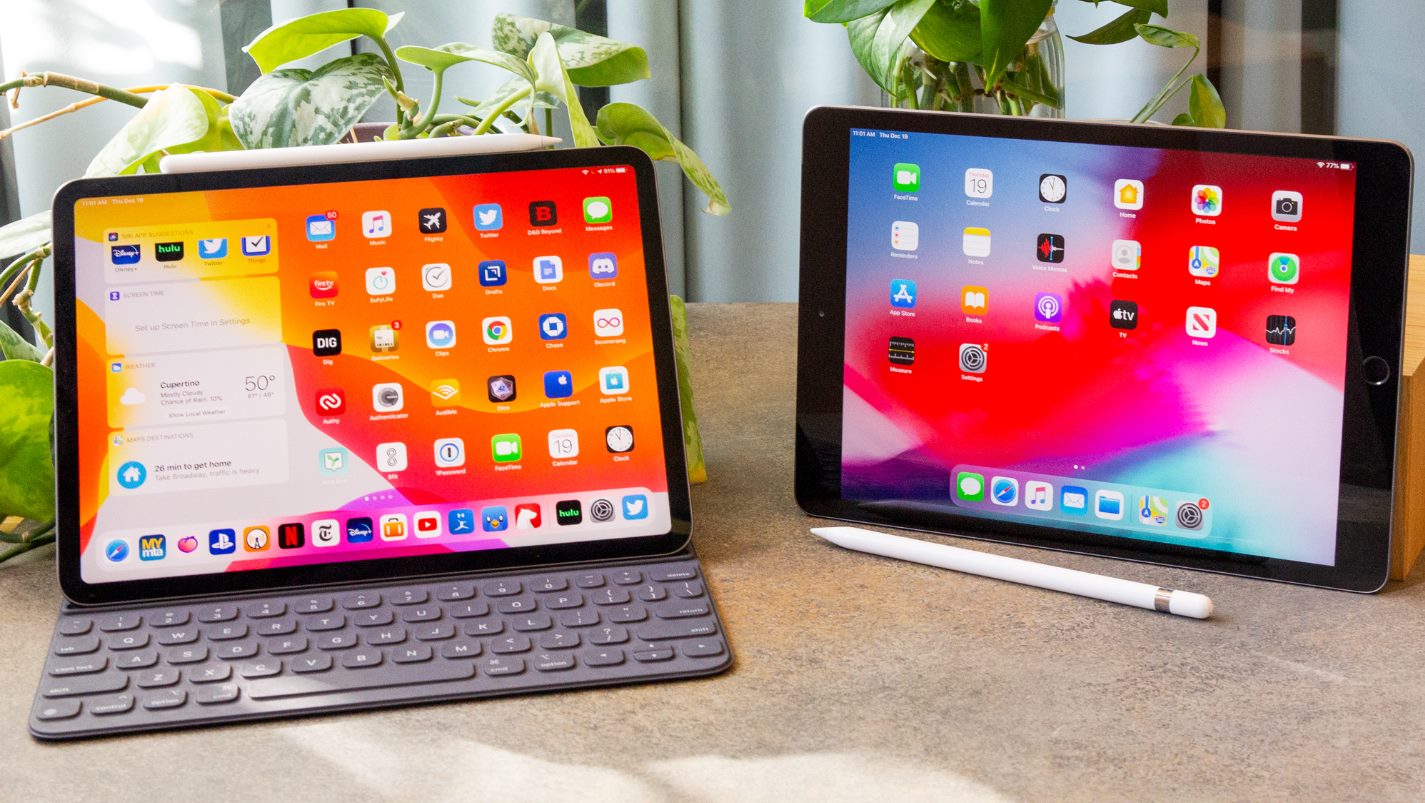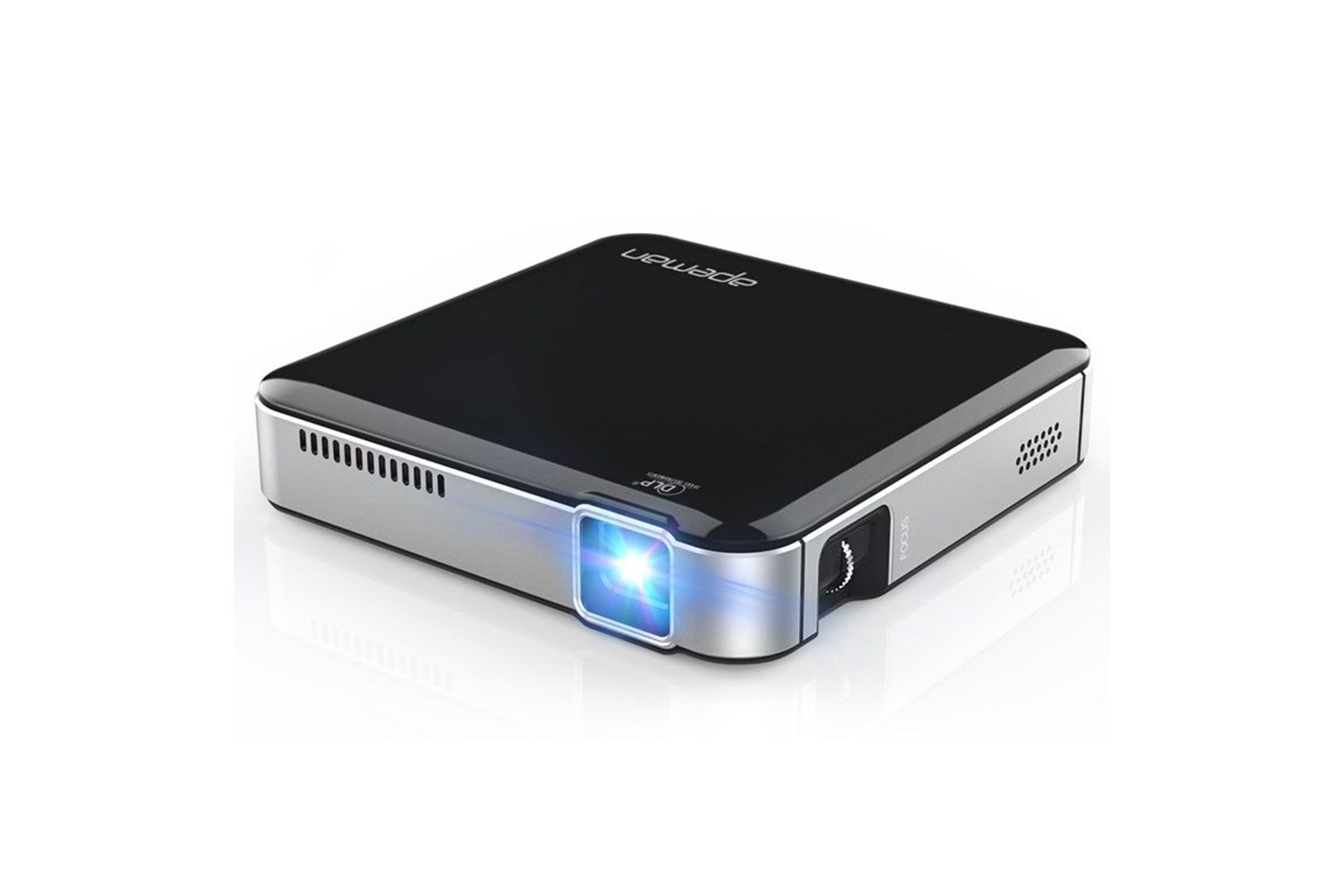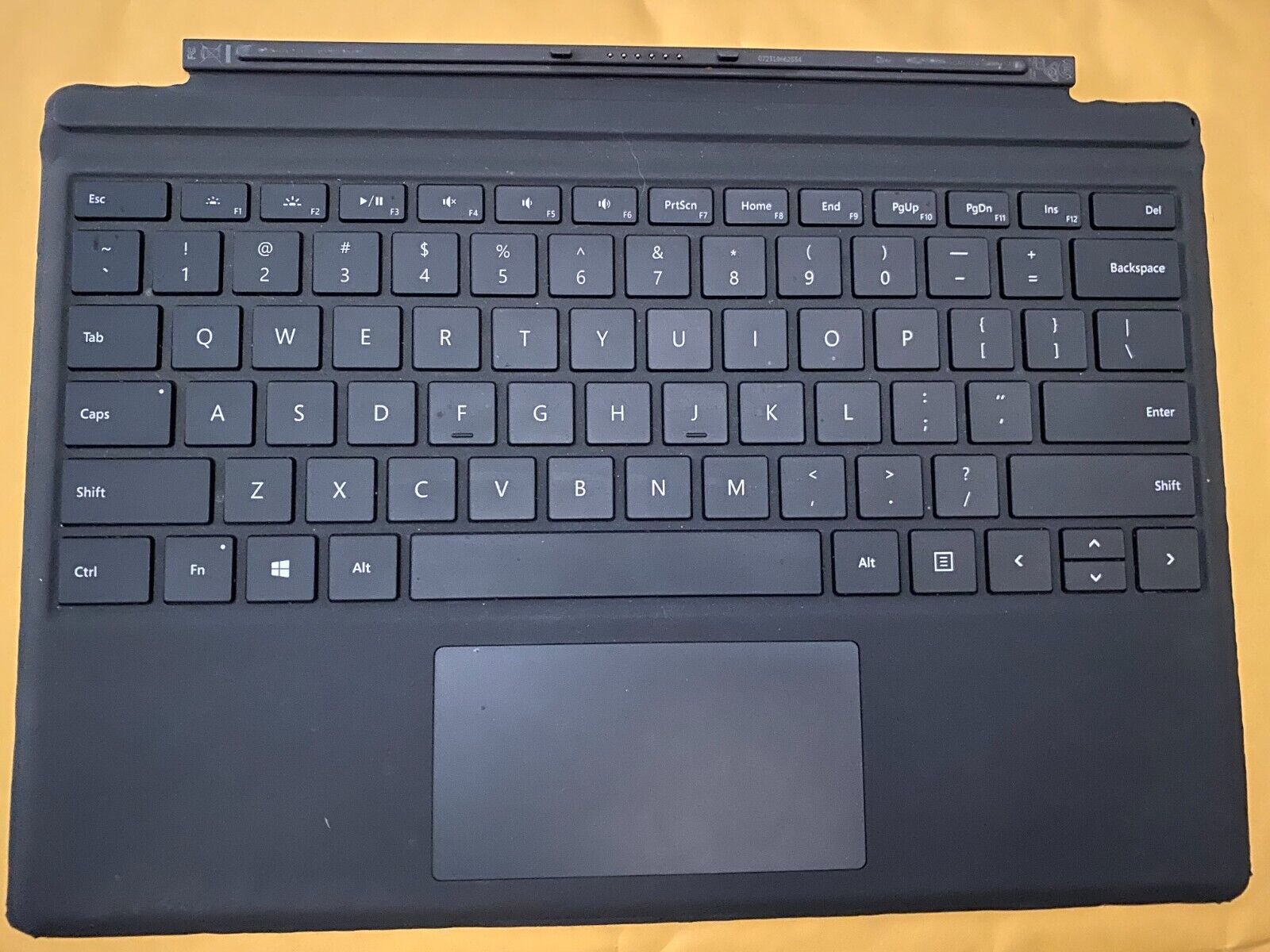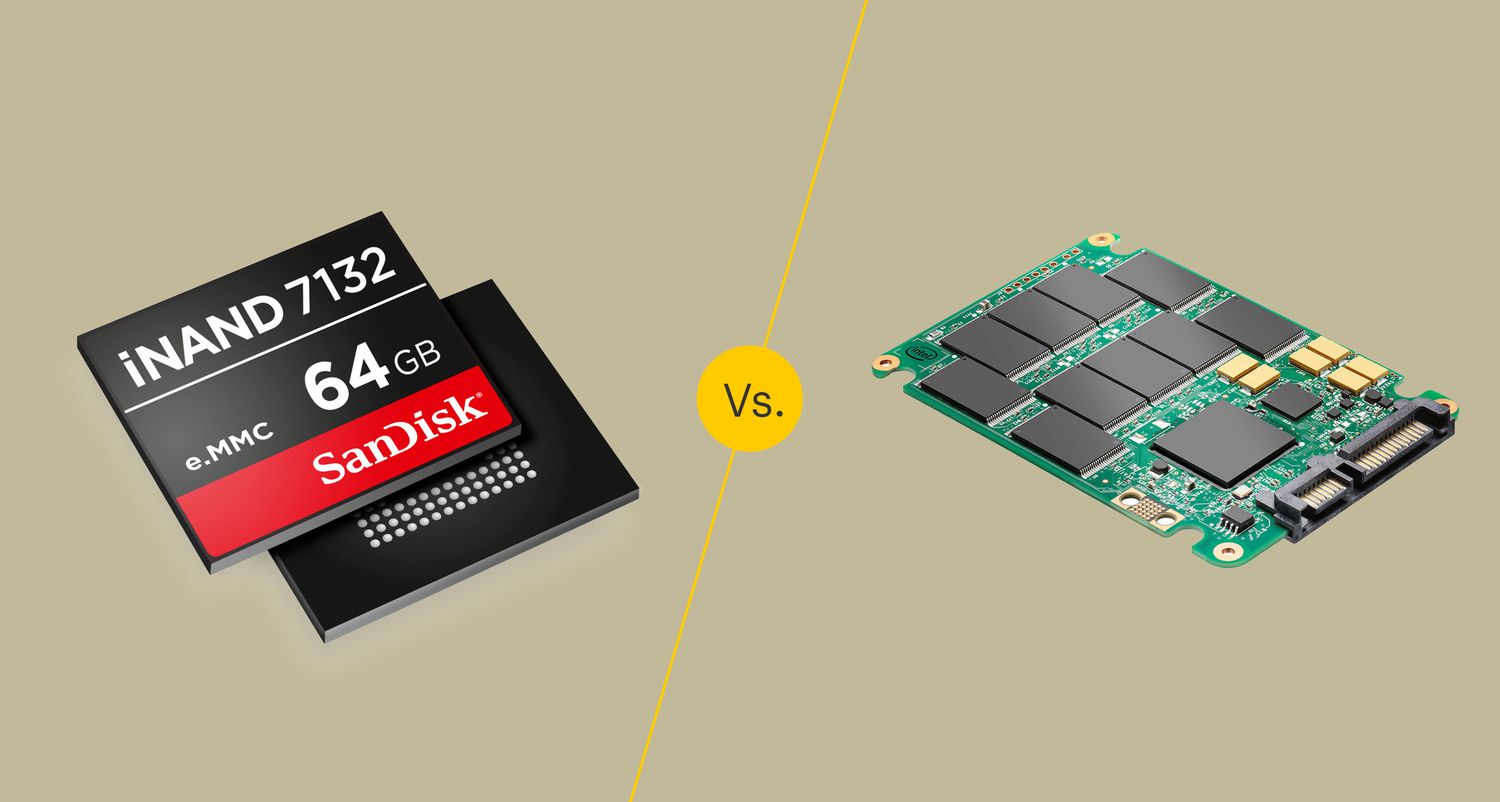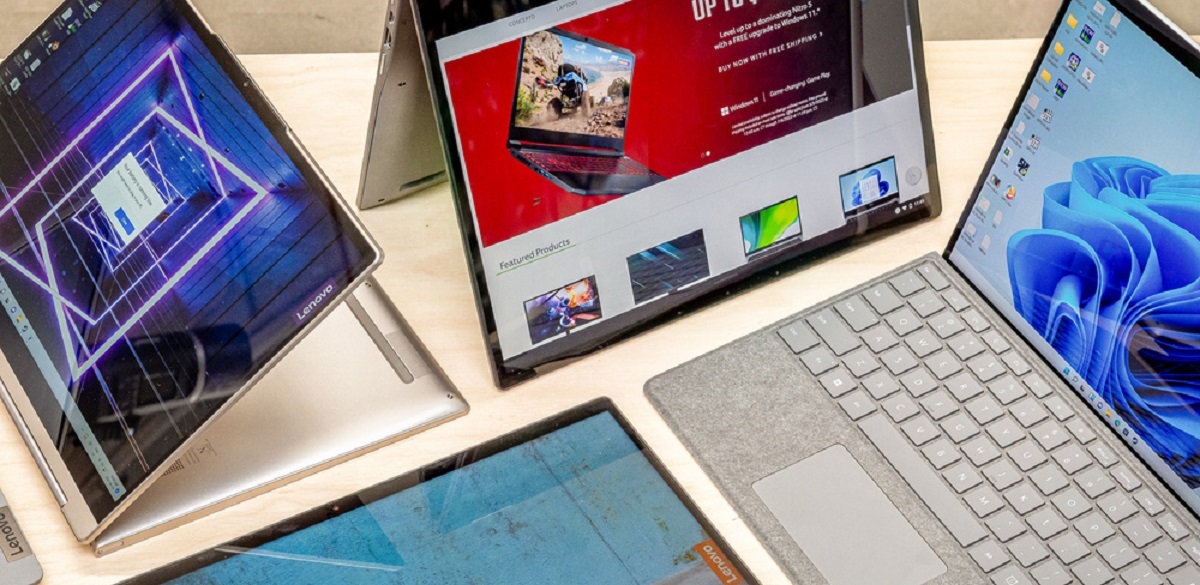Portability and Mobility
One of the key advantages of a tablet over a laptop is its portability and mobility. Tablets are sleek, lightweight, and compact, making them incredibly easy to carry around. Unlike laptops, which often require a separate bag or case, tablets can be effortlessly slipped into a backpack, purse, or even held in one hand. This makes them ideal for on-the-go individuals who need to stay connected and productive wherever they are.
Thanks to their slim form factor and reduced weight, tablets offer an unparalleled level of convenience. Whether you’re traveling for business or leisure, attending meetings or conferences, or simply working from a coffee shop, a tablet provides the freedom to work or entertain yourself without the burden of a heavy device. With a tablet, you can stay connected, access files, and accomplish tasks while keeping your load light and your mobility unrestricted.
In addition to their portability, tablets also offer flexible positioning options. They can be used in various postures, including holding it in your hand, propping it up with a stand, or resting it on your lap or a flat surface. This versatility allows for comfortable usage in a range of scenarios, whether you’re sitting, standing, or reclining.
The smaller size of tablets also means that they are easier to handle and operate than laptops. Their compact nature lends itself well to one-handed use, allowing you to efficiently navigate through apps, tap on icons, or swipe through content with just your fingertips. This intuitive interaction makes tablets especially user-friendly, even for those who may not be tech-savvy.
Overall, the portability and mobility of tablets make them an excellent choice for individuals who are always on the move and need a device that can seamlessly integrate into their active lifestyle.
Touchscreen Capabilities
One of the standout features of tablets is their touchscreen capabilities, which set them apart from laptops. Unlike traditional laptops, which primarily rely on keyboards and trackpads for input, tablets allow for direct interaction with the screen through touch.
With a tablet’s touchscreen, you can easily navigate through applications, browse the web, or play games by simply tapping, swiping, or pinching the screen. This intuitive and tactile interaction enhances the overall user experience, making it more engaging and natural.
Touchscreen capabilities also open up a world of possibilities when it comes to creative tasks. Whether you’re drawing, painting, or designing, tablets offer a responsive and precise touch interface that mimics the experience of using traditional art tools. This makes tablets a preferred choice for artists and designers who desire the flexibility and convenience of a digital canvas.
The touchscreen features of tablets also extend to text input. While laptops rely on physical keyboards, tablets offer the option of an integrated on-screen keyboard. This virtual keyboard adjusts to the orientation of the device, making it versatile and adaptable. Additionally, tablets often support handwriting recognition, allowing you to write with a stylus or your finger and convert it into digital text. This feature is particularly useful for note-taking or filling out forms directly on the screen.
Moreover, the touchscreen interface of tablets enables seamless multitasking. You can effortlessly switch between applications, resize windows, and interact with multiple elements on the screen simultaneously. This streamlined workflow enhances productivity and efficiency, especially for tasks that require frequent switching between different apps or content.
Overall, the touchscreen capabilities of tablets provide a more interactive, creative, and flexible user experience compared to traditional laptops. Whether you’re navigating through content, creating digital art, or typing up documents, the touch interface adds an extra level of convenience and versatility.
Long Battery Life
One of the key advantages of tablets over laptops is their impressive battery life. Tablets are designed to be energy-efficient, allowing them to run for extended periods without needing to be plugged in.
Compared to laptops, which typically offer an average battery life of 4-6 hours, tablets can often provide double or even triple that amount of usage time. This is especially beneficial for individuals who are constantly on the move or frequently find themselves without access to a power source.
The longer battery life of tablets ensures that you can stay productive, entertained, or connected for extended periods, without the need to constantly search for an outlet. Whether you’re working on important tasks, streaming movies, or enjoying your favorite apps, you can trust that your tablet will last throughout the day without needing to be recharged.
This extended battery life also offers a significant advantage when traveling. Whether you’re on a long flight, a road trip, or simply away from home, the ability to rely on your tablet for an extended period can be a game-changer. It allows you to stay entertained, catch up on work, or connect with loved ones, without the constant worry of your device dying.
Furthermore, the long battery life of tablets contributes to their overall convenience. You don’t have to carry around bulky chargers or worry about finding an available power outlet. Instead, you can confidently use your tablet throughout the day, knowing that it will last until you have the opportunity to recharge.
Overall, the long battery life of tablets ensures that you are not hindered by the limitations of power supply. Whether you’re working on important tasks, enjoying entertainment, or staying connected, your tablet will provide the necessary longevity to keep you going.
Instant Boot-Up and Quick Start-Up Times
One of the notable advantages that tablets have over laptops is their ability to instantly boot up and have quick start-up times. Unlike laptops, which often require several minutes to start up and load the operating system, tablets can be ready for use in a matter of seconds.
The instant boot-up of tablets is due to their design, which prioritizes efficiency and quick access to applications. When you power on a tablet, it quickly goes from a standby or sleep mode to an active state, allowing you to dive right into using it without any delay.
This rapid start-up time can be especially beneficial in situations where you need to quickly check a piece of information, respond to an urgent email, or access an application on-the-go. With a tablet, there is no need to wait for the device to power up, log in, and load applications. You can simply turn it on and be instantly connected and ready to work.
In addition to instant boot-up, tablets also have fast start-up times for individual applications. Because of their streamlined software and optimized operating systems, tablets can launch apps quickly and efficiently. This means that you can open your favorite apps, browse the internet, or access your files in a matter of seconds.
The quick start-up times of tablets contribute to a seamless and efficient user experience. Whether you need to quickly reference information, take notes, or access your digital content, a tablet allows for instant access without any frustrating delays.
Moreover, the instant boot-up and quick start-up times of tablets also contribute to their overall energy efficiency. By minimizing the time it takes to power on and start up applications, tablets are able to conserve battery power and extend their usage time.
Overall, the ability of tablets to instantly boot up and have quick start-up times provides users with a hassle-free and efficient experience. Whether you need to quickly access information or get work done on-the-go, a tablet allows for instant connectivity and productivity without any time wasted.
Built-In Cameras
Another standout feature of tablets is their built-in cameras, which offer versatility and convenience for capturing photos and videos on the go. While laptops may have integrated webcams primarily for video conferencing, tablets generally come equipped with both front and rear-facing cameras, opening up a range of possibilities for visual content creation.
The front-facing camera of a tablet is perfect for video calls, allowing you to connect face-to-face with friends, family, or colleagues, even when you’re miles apart. Whether you’re participating in a virtual meeting, catching up with loved ones, or collaborating with team members, the convenience of having a high-quality camera integrated into your tablet makes communication more personal and engaging.
The rear-facing camera of a tablet is where the real power lies when it comes to capturing memories. Tablets often feature high-resolution rear cameras that can rival those found in standalone digital cameras. With a tablet, you can capture stunning photos of landscapes, special moments, or even document your travels in vibrant detail. The larger screen of a tablet also provides a better viewfinder, making it easier to frame your shots and ensure the perfect composition.
In addition to photography, tablets are also capable of recording high-quality videos. Whether you want to capture a live performance, document an event, or create vlogs, a tablet’s built-in camera allows you to shoot videos with ease. The touchscreen interface of a tablet makes it simple to adjust settings, switch between photo and video modes, and edit footage right on the device.
The built-in cameras of tablets offer convenience and efficiency, eliminating the need to carry around a separate camera or rely on a smartphone for capturing visual content. Whether you’re a casual photographer, a content creator, or simply want to document your life, having a tablet with built-in cameras ensures you’re always ready to capture the perfect shot or record memorable moments.
Furthermore, tablets often come with a variety of photography and video editing apps that allow you to enhance and customize your photos and videos directly on the device. From adjusting exposure and colors to adding filters and effects, these editing tools provide a complete creative package for unleashing your visual storytelling skills.
In summary, the built-in cameras of tablets provide a convenient and versatile solution for capturing high-quality photos and videos. Whether you’re connecting with others through video calls or documenting your life’s moments, tablets offer a seamless and all-in-one solution for visual content creation.
Enhanced Audio Features
When it comes to audio capabilities, tablets offer enhanced features that go beyond what traditional laptops can provide. Tablets are designed with built-in speakers, audio enhancements, and the ability to deliver high-quality sound, making them a versatile device for both entertainment and productivity.
The speakers on tablets are strategically placed to provide an immersive sound experience. These speakers are often designed to offer stereo sound, delivering a more dynamic audio output compared to the mono speakers commonly found in laptops. Whether you’re watching movies, listening to music, or participating in video conferences, the enhanced audio quality of tablets adds depth and clarity to your audio experience.
In addition to built-in speakers, tablets often come equipped with advanced audio technologies that further enhance the sound quality. These technologies may include noise cancellation, bass amplification, or surround sound simulations, providing a richer and more immersive audio experience. With these enhancements, you can fully immerse yourself in your favorite music, movies, or podcasts, enjoying every detail of the audio content.
Furthermore, tablets offer flexibility when it comes to audio output options. Aside from the integrated speakers, tablets typically feature a headphone jack or support for Bluetooth connectivity, allowing you to connect external audio devices such as headphones, speakers, or soundbars. This versatility ensures that you can enjoy your audio content privately or share it with others, depending on your preferences.
The enhanced audio features of tablets also extend to video conferencing and online meetings. With built-in microphones, tablets pick up your voice clearly and accurately during virtual interactions. This enhances the quality of your communication, ensuring that you can be heard loud and clear by others on the call.
For content creators, the audio capabilities of tablets provide added convenience and flexibility. You can record high-quality audio directly on your tablet using external microphones or capture ambient sound for videos. Tablets also offer a variety of audio recording and editing apps that allow you to fine-tune your audio recordings and enhance the quality of your content.
In summary, tablets offer enhanced audio features that go beyond what traditional laptops can provide. Whether you’re enjoying music, watching videos, participating in video conferences, or creating audio content, the immersive sound experience and advanced audio technologies of tablets enhance the overall audio quality, delivering a more engaging and enjoyable experience for users.
App Availability and Accessibility
One of the major advantages of tablets over laptops is the extensive app availability and accessibility they offer. Tablets come with access to dedicated app stores that provide a wide range of applications specifically designed for tablet usage. This opens up a world of possibilities and allows users to customize their tablet experience to their specific needs and interests.
App availability on tablets is vast and diverse, covering various categories such as productivity, entertainment, education, gaming, health, and much more. Whether you’re looking for apps to enhance your work efficiency, entertain yourself with games and media, or learn new skills, you can find a plethora of options to choose from.
Tablets often have optimized versions of popular apps, taking advantage of their larger screen size and touch interface. This ensures a seamless and immersive user experience when using these apps. You can enjoy visually stunning graphics, intuitive touch controls, and a smooth overall performance that is tailored specifically for tablet usage.
Moreover, tablets provide easy accessibility to apps. The user-friendly interface and intuitive design of tablets make it simple to search, download, and install apps from the app store. The app store is pre-installed on the device, eliminating the need for manual installations or relying on third-party sources.
The accessibility of apps on tablets extends to automatic app updates. When connected to Wi-Fi, tablets can automatically update the installed apps, ensuring that you have the latest features, bug fixes, and improvements without any hassle. This ensures that you can enjoy the best possible experience with the apps you use regularly.
Another aspect of app accessibility on tablets is multitasking. Tablets often offer a split-screen or multi-window feature that allows you to run multiple apps side by side. This feature is particularly useful for productivity tasks, where you can have a document open in one window while referencing information from the web or taking notes in another window.
Tablets also provide a smooth transition between apps through multitasking gestures or quick switching options. This makes it effortless to switch back and forth between different apps, streamlining the workflow and enhancing efficiency.
Overall, the app availability and accessibility on tablets provide users with a broad range of options to enhance their productivity, entertainment, and learning experiences. The easy access, optimized versions, and automatic updates make it convenient to explore and utilize the diverse collection of apps available on tablets, ensuring that you can personalize your tablet experience to meet your specific needs and interests.
Digital Drawing and Note-Taking Abilities
Tablets have revolutionized the way we create digital artwork and take notes. With their touchscreen capabilities and compatibility with stylus pens, tablets offer a remarkable platform for digital drawing and note-taking, providing a seamless bridge between traditional and digital mediums.
One of the standout features of tablets for artists and designers is the ability to draw directly on the screen. Tablets offer a precise and responsive touch interface that, when combined with a stylus pen, allows for natural and fluid drawing experiences. Whether you’re a professional artist or simply enjoy doodling as a hobby, tablets provide an exceptional canvas to explore your creativity.
Tablets often come equipped with pressure-sensitive stylus pens, enabling you to vary the thickness and opacity of your strokes, just like you would with traditional art tools. This sensitivity allows for finer details, shading, and a more realistic drawing experience. Additionally, tablets offer various drawing apps that provide a range of tools, brushes, and effects to enhance your artwork.
Another significant advantage of tablets is their versatility in note-taking. With a tablet and stylus pen, you can create digital handwritten notes directly on the screen. The handwriting recognition feature allows your handwritten notes to be converted into digital text, making it easy to organize, search, and edit your notes.
The ability to take digital handwritten notes with tablets offers several advantages over traditional paper notes. Tablets allow for unlimited pages, eliminating the need for multiple notebooks and providing a clutter-free note-taking experience. Digital notes also offer the convenience of being easily accessible and shareable, whether through cloud storage or digital note-taking apps.
Furthermore, tablets often provide additional features to enhance your note-taking experience. These include the ability to highlight, annotate, and draw diagrams directly on PDF documents or e-books. Tablets can also synchronize notes with audio recordings, allowing you to revisit specific parts of a lecture or meeting by simply tapping on your notes.
Tablets offer a seamless transition between digital drawing and note-taking. You can switch between apps effortlessly, enabling you to sketch an idea, annotate a document, or take notes during a meeting or lecture in a single device. This versatility makes tablets a valuable tool for artists, designers, students, professionals, and anyone who wants to capture their ideas or organize their thoughts digitally.
In summary, tablets provide exceptional digital drawing and note-taking abilities, combining the precision and flexibility of a stylus pen with the convenience and organization of a digital platform. Whether you’re an artist seeking a digital canvas or a student looking to replace traditional notebooks, tablets offer an immersive and efficient solution for creative expression and information management.
Integrated Mobile Connectivity
Tablets offer integrated mobile connectivity, allowing users to stay connected to the internet and access information on the go. With built-in Wi-Fi and optional cellular connectivity, tablets provide a seamless connection to the online world wherever you are.
One of the key advantages of integrated mobile connectivity on tablets is the ability to access the internet without relying on external devices or Wi-Fi hotspots. Tablets with cellular connectivity enable you to connect to the internet using a data plan, similar to that of a smartphone. This is particularly useful when you’re in a location without Wi-Fi coverage or when you require a reliable and secure connection outside of your home or office.
With integrated mobile connectivity, you can browse the web, access your emails, and stay connected to your favorite social media platforms without limitations. You can quickly search for information, stream videos, or participate in online discussions, all from the convenience of your tablet.
The integrated mobile connectivity of tablets also ensures that you can remain connected during travel or while on the move. Whether you’re commuting, taking a road trip, or traveling to another country, tablets with cellular connectivity provide the convenience of constant internet access. This allows you to stay updated, work remotely, or entertain yourself without interruptions.
Furthermore, tablets offer the flexibility of both Wi-Fi and mobile data connectivity options. This means that you can seamlessly switch between Wi-Fi networks when available and cellular data when necessary. Tablets also allow for creating mobile hotspots, which enable you to share your cellular data connection with other devices, such as laptops or smartphones.
Integrated mobile connectivity on tablets is not limited to internet access. Tablets with cellular capabilities can also make and receive calls, send text messages, and use other communication features, similar to a smartphone. This makes tablets a versatile device for communication, especially with the added benefit of a larger screen and a more comfortable user interface.
Overall, the integrated mobile connectivity of tablets provides users with the freedom and convenience of accessing the internet and staying connected wherever they are. Whether you need to browse the web, communicate with others, or work remotely, tablets ensure that you remain connected and productive without being tethered to a specific location or relying on external sources of internet connectivity.
Reading and Gaming Experience
Tablets offer an exceptional reading and gaming experience, making them the go-to device for entertainment and leisure activities. With their large, high-resolution screens and user-friendly interfaces, tablets provide an immersive and enjoyable platform for reading books, magazines, and articles, as well as playing games.
When it comes to reading, tablets offer several advantages over traditional paper-based mediums. Tablets provide a portable and lightweight alternative to carrying multiple books or magazines. With a tablet, you can have access to an extensive library of digital content, allowing you to carry your entire collection with you wherever you go.
The large, high-resolution screens of tablets provide a comfortable and visually appealing reading experience. The crisp display ensures that text and images are clear and easy to read, while adjustable brightness settings allow you to optimize the screen for different lighting conditions. You can also adjust the font size and style to suit your reading preferences.
Tablets offer various e-book reader apps that provide additional functionalities for avid readers. These apps allow you to bookmark pages, highlight text, take notes, search for specific keywords or phrases, and even synchronize your reading progress across multiple devices. This makes it easy to pick up where you left off, regardless of whether you’re using a tablet, smartphone, or computer.
In addition to reading, tablets also provide a captivating gaming experience. The large touchscreens and powerful processors of tablets enable smooth graphics and responsive gameplay. Whether you enjoy casual games, immersive role-playing adventures, or action-packed shooters, there is a wide selection of games available for tablets.
Tablets offer game-specific customization options, such as virtual controls, motion sensors, and haptic feedback, enhancing your gaming experience. Multiplayer gaming is also well-supported on tablets, allowing you to connect and compete with friends or players from around the world.
Furthermore, tablets provide easy access to game streaming services and platforms, allowing you to play a wide range of high-quality games without the need for expensive gaming hardware. This expands your gaming options and provides the flexibility to enjoy your favorite games on-the-go.
The versatility of tablets extends to educational gaming as well. Many educational apps and games are available for tablets, offering interactive and engaging learning experiences for children and adults alike. Tablets can combine entertainment and education, making learning fun and accessible.
In summary, tablets provide an immersive reading and gaming experience. With their large, high-resolution screens, user-friendly interfaces, and extensive app selection, tablets offer a convenient and enjoyable platform for reading books, magazines, and articles, as well as playing a wide variety of games. Whether you’re an avid reader or a fervent gamer, tablets provide a versatile and captivating device for your entertainment and leisure activities.







